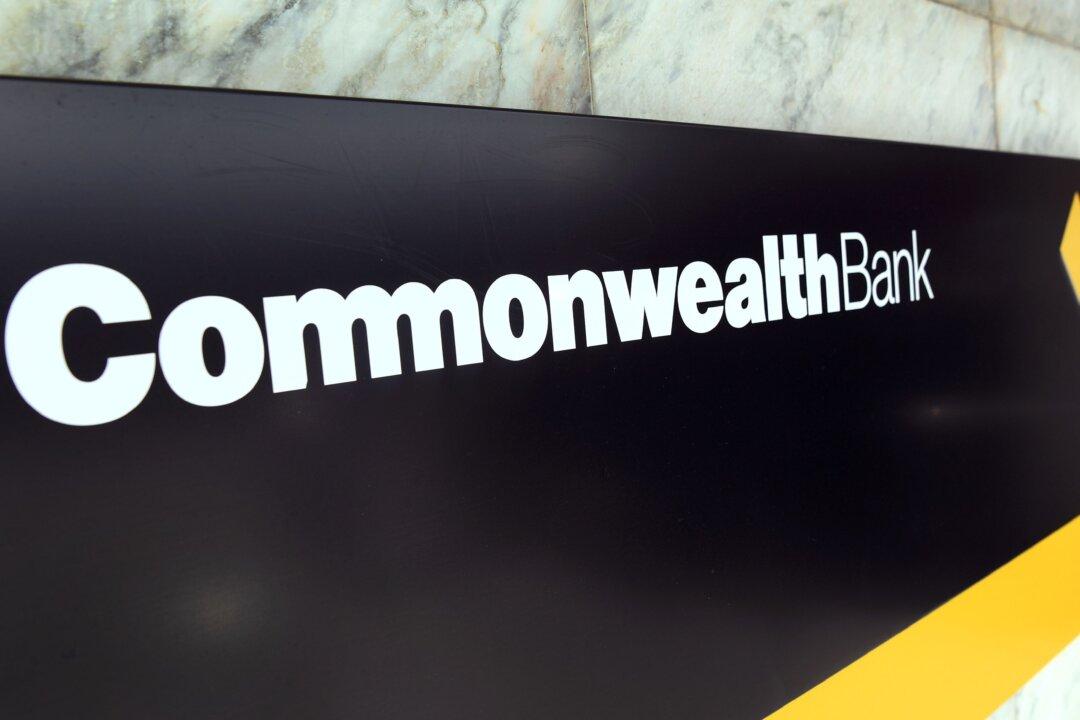The largest commercial bank in Australia has posted a solid half-year financial result as interest rate hikes, and business lending growth lifted its profit after tax significantly.
On Feb. 15, Commonwealth Bank of Australia (CBA) announced that it made a cash profit of $5.15 billion (US$3.6 billion) in the first half of the 2022-2023 financial year, a nine percent increase compared to 12 months earlier.





